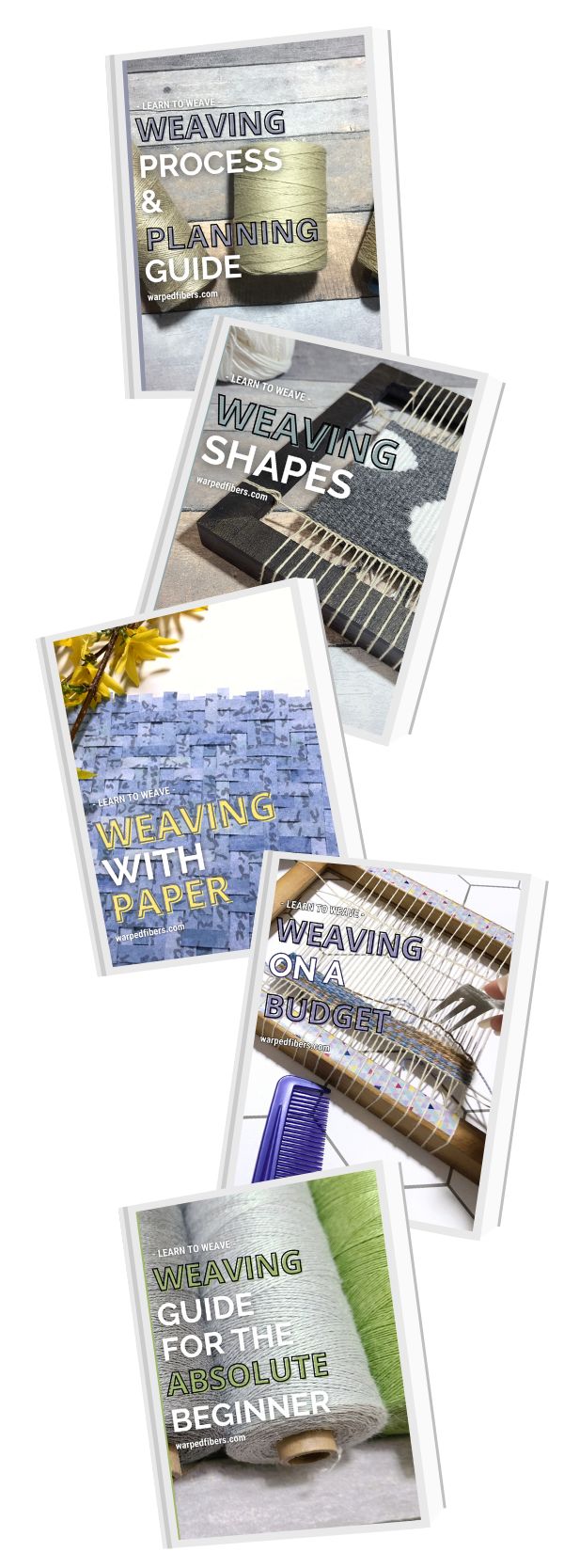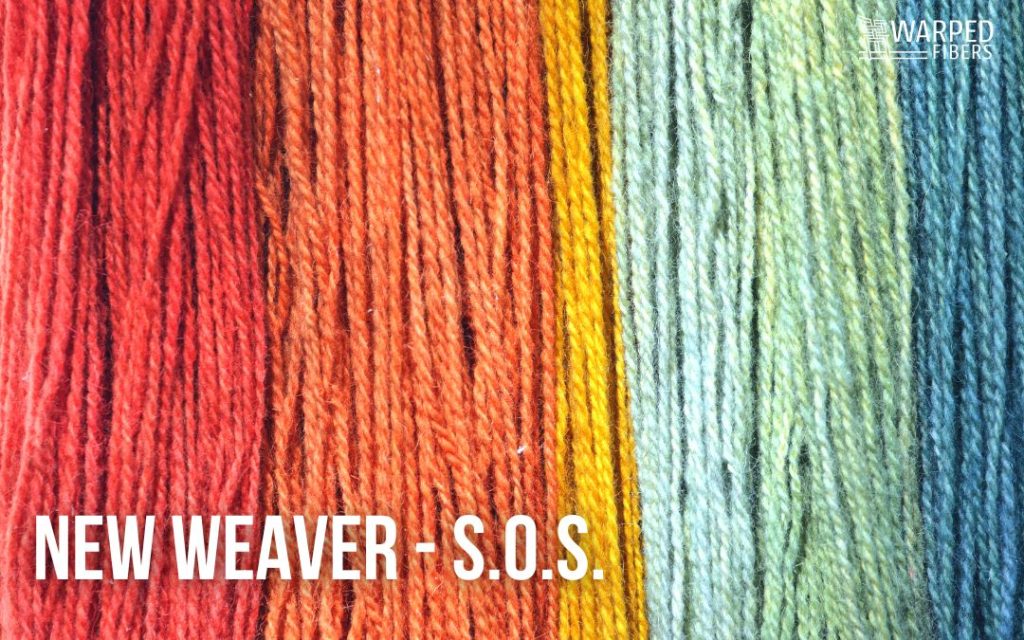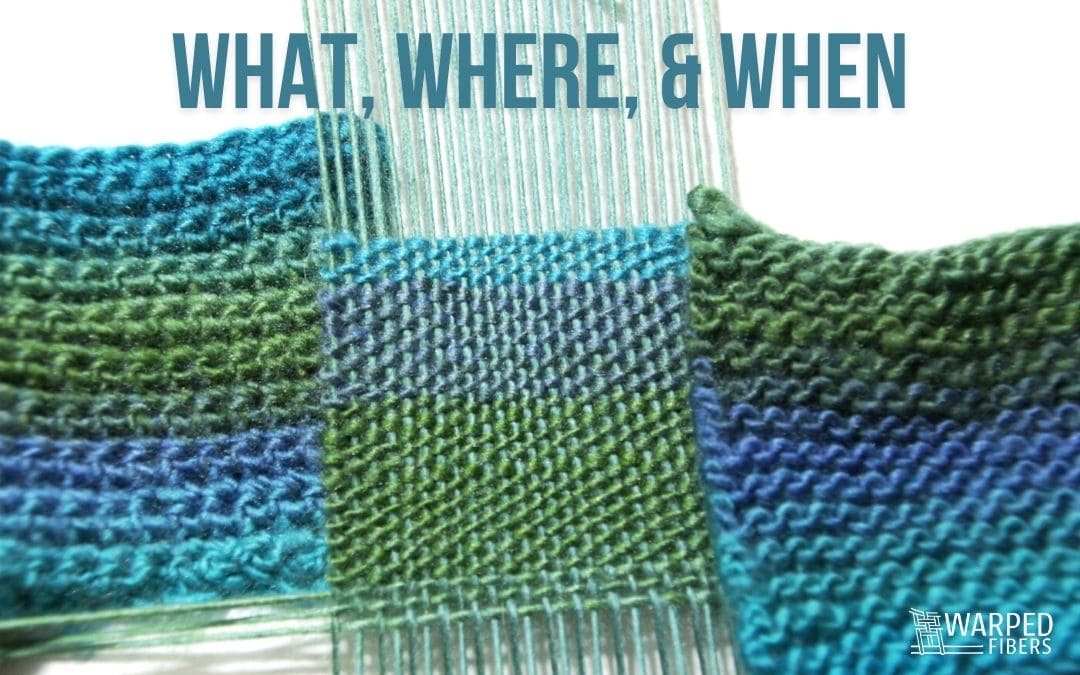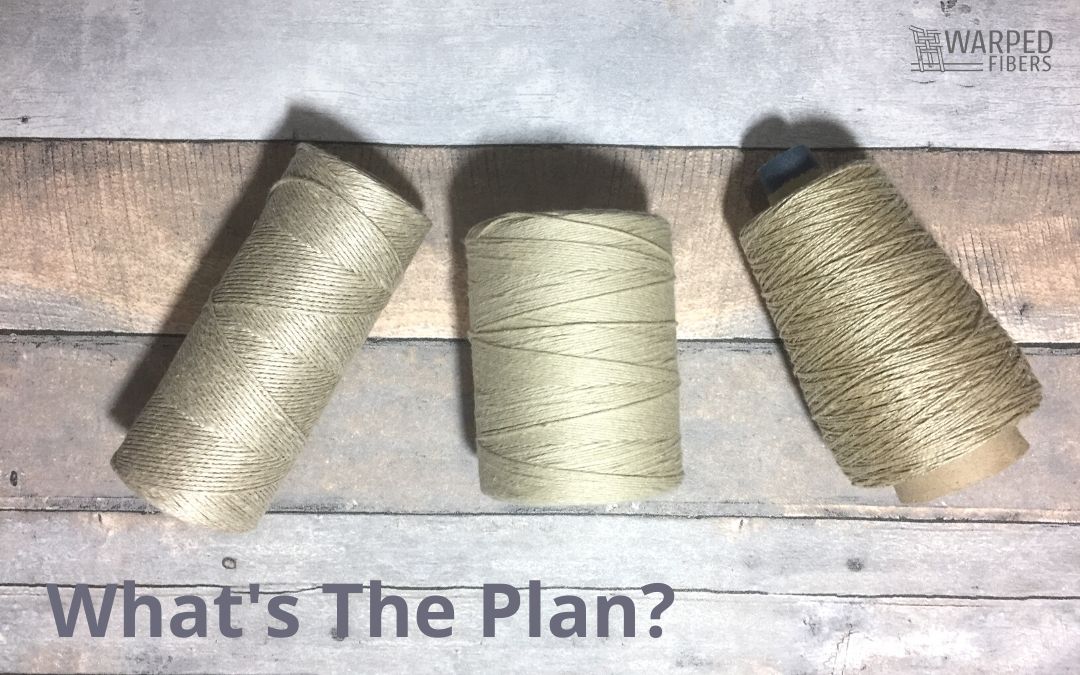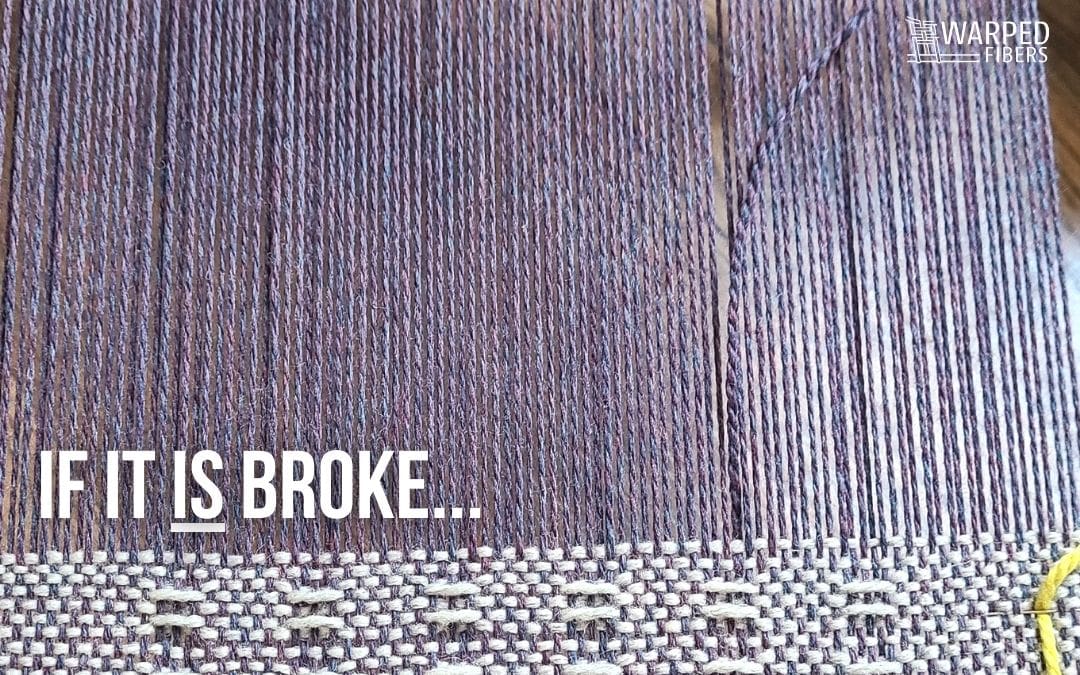Normally when you are weaving your plan is to create fabric.
But, have you ever thought about weaving with fabric?
I have talked a bit about fabric weaving before in two different posts. First, check out how to make t-shirt yarn, and then check out these rag rug ideas.
Those two posts are only just the beginning of how to weave with fabric, so I want to go over some more options!
There is something kind of special about weaving with fabric because you have a lot of control over your yarn. Since you are creating your own material to weave with you can choose the size of your yarn and even use fabric that has meaning to you, images that further the context of your weaving, or text.
Maybe you just have a lot of fabric scraps and you are trying to not be wasteful. That is great too!
Lets put it to use.
This page may contain affiliate links. If you purchase something through these links then I will receive a small commission – at no extra cost to you! Please read our DISCLAIMER for more info. Thanks for the support!
Fabric as warp
Warp must be strong, resilient, and should not stretch too much. (Learn more about choosing warp yarn)
Fabric probably is not one of the first things that come to mind when you think about warp or yarn in general, but it can be a great way to incorporate some new materials into your work.
Unfortunately, fabric warp does not work for every type of loom. So when could you use fabric as warp?
Frame looms and specifically simple frame looms are a great option for this!
Since they only require short lengths of warp yarn they allow you to tie individual strips to your loom at the correct EPI. Keep in mind that depending on if you are weaving a balanced weaving or a weft-faced weaving the fabric warp may not be very noticeable. On a weft-faced weaving the fabric will only really be seen as an interesting fringe. (Not that that is a bad thing!)
Using fabric strips as warp is really only possible on a frame loom since it will be much thicker than the yarn you would normally use. If you were to try to use fabric on a floor loom or rigid heddle loom you would probably have a hard time getting it through the heddles or the reed. Fabric yarn also does not usually come on a cone like your typical warp yarns do. This would make it hard to get the length that would be worth it for an advancing warp.
Fabric as weft
If you are looking for a really simple way to incorporate some fabric into your weaving it can be as easy as cutting it into strips!
Fabric strips are very simple to add into your weaving and depending on the size of the strip can compress down or stay bulky. One of the most well known examples of weaving with fabric strips is rag rugs like those linked earlier in this post.
You can use these strips together with a fabric warp for an entirely fabric weaving or a mixture of fabric and yarn. If you are weaving weft-faced than stiffer and thicker fabrics will compress less, whereas thinner or sleazier fabrics will compress more. Play around with different types of fabrics to create areas of interest and texture.
When in doubt about how a fabric will act in your weaving – follow the Warped Fibers tried and true method: create a sample!
Spinning fabric weft
It can take some extra time, but if you want to use fabric as your warp and you want it to have a more yarn-like appearance then you can actually spin fabric into yarn!
This requires the use of a drop spindle for best results.
In order to create spun fabric yarn you will need to utilize water to reshape the yarn and tension to keep it spun.
First you will cut your fabric into strips about 1/2 inch to 1 inch wide and wet them down.
Attach your fabric to a leader yarn* on your drop spindle with a simple square knot. *Your leader yarn is just scrap yarn that you tie to the shaft of your spindle. This leader will come up and over your whorl (the round part), into the notch on the side, and hooked on your hook.
Start twisting your fabric until you get to the end of your strip. If it starts to get too long then unhook your spun yarn and wrap it around the base of the shaft.
At the end of your strip open up the end a little bit and insert your next wet fabric strip folded in half. Fold over the new strip and keep spinning.
Continue this until you reach your desired length or you run out of fabric!
You can use either a niddy-noddy or just weight your yarn as it dries to allow the yarn to keep its new spun shape.
Use this spun fabric just like any other yarn!
Fabric warp & weft (sort of like paper weaving)
You do not have to use a loom to weave with fabric!
If you have ever woven with paper then you can weave with fabric in much the same way.
The easiest thing to do is to cut your fabric strips for your warp or weft and lay them out flat. Either weigh them down with something heavy, attach them to something at one end, or use artists tape to keep it in place.
I like to use a giant art clipboard to house my fabric weaving because it makes it portable and easy to handle. If the fabric is longer than the clipboard then you can simply roll up the already woven fabric at one side similar to your fabric beam on a floor loom.
This will make it so you can easily manipulate the strips up and down to weave your other fabric in.
Do not forget to stitch your fabric weaving at the selvedges to make sure it does not come undone.
Add fabric to the surface of your weaving
If you are not into the idea of weaving with fabric, but you have some fabric you want to use you can also attach it to the finished weaving.
One of the best ways to do this is to use embroidery techniques. (Learn about embroidery techniques you can use on your weaving)
This can be a really fun way to incorporate special fabrics into your work and/ or showcase specific images or patterns in your fabric. You can either cut the fabric out to be square or shaped depending on what you are wanting for the finished piece. Another option is to couch it onto your weaving in strips like shown above.
You could design your entire weaving around a specific fabric that you like and showcase it.
Woven fabric can be either the star of the show or an interesting material that works with all the others. If you are looking for fabric ideas to incorporate you can consider some of these:
- Fabric scraps from important outfits or events: Wedding dress? First day of school outfits? Baby blanket scraps?
- Write out your thoughts or ideas on fabric strips
- Salvaged images from your favorite old t-shirts or t-shirts from those you love
Fabric is special and as a weaver I know that you know that! It can bring to mind really important parts of our lives. So instead of just making fabric – next time also try making with fabric. Then let me know how it goes in the comments below!


















